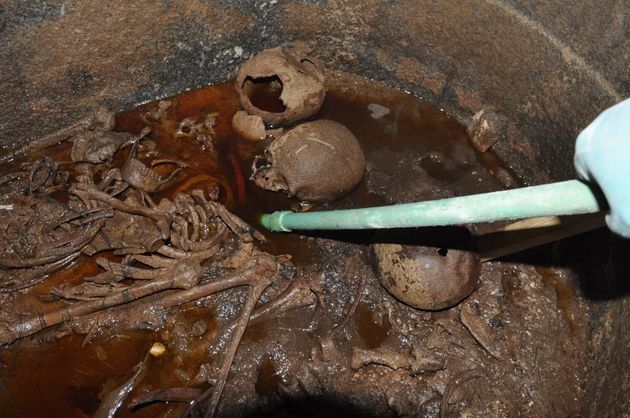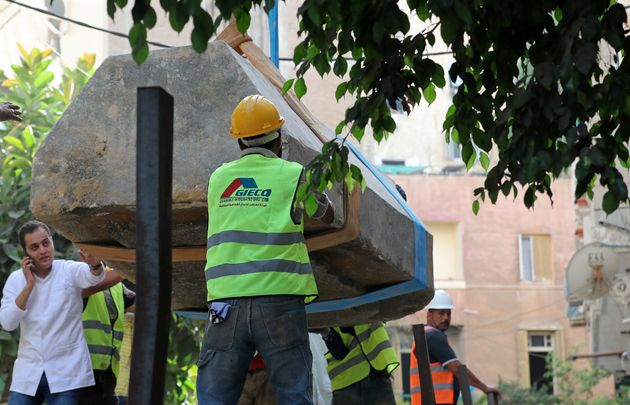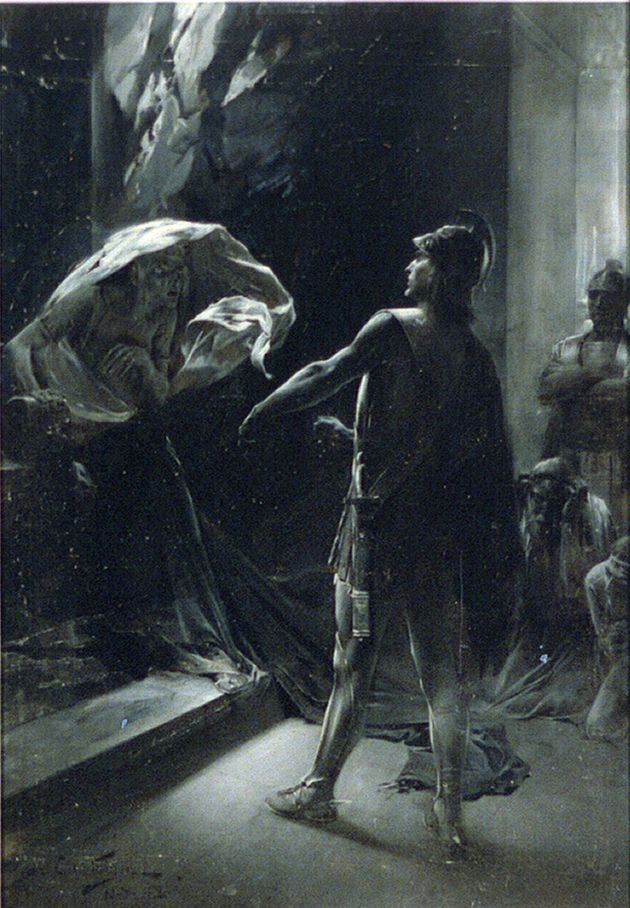A mysterious Egyptian sarcophagus feared to contain a deadly mummy’s curse has finally been opened.
“We’ve opened it and, thank God, the world has not fallen into darkness,” announced Mostafa Waziri, secretary-general of Egypt’s Supreme Council of Antiquities.
“I was the first to put my whole head inside the sarcophagus… and here I stand before you … I am fine.”
The 2,000-year-old black granite sealed tomb was found this month during the construction of an apartment building in the historic Mediterranean port city of Alexandria.

It was finally opened on Thursday to reveal the mummies of what appear to be a family of three, dashing local hopes that it might contain the remains of Alexander the Great.
The 30-tonne coffin is the largest yet found in Alexandria, prompting a number of theories that it may be the resting place of the ancient Greek ruler who in 331 BC founded the city that still bears his name.
“We found the bones of three people, in what looks like a family burial… Unfortunately the mummies inside were not in the best condition and only the bones remain,” Waziri said.

The antiquities expert said some of the remains had disintegrated because sewage from a nearby building had leaked into the vault through a small crack.
The location of the remains of Alexander the Great, who died in 323 BC in Babylon, remains a mystery.
The sarcophagus in Alexandria is the latest of a series of fascinating archaeological finds this year in Egypt that include a 4,400-year-old tomb in Giza and an ancient necropolis in Minya, south of Cairo.
The unmarked tomb in Alexandria did not likely belong to any other notable ruler in the Ptolemaic period (332 BC-30 BC) associated with Alexander the Great, or the subsequent Roman era, Waziri said.
